
During the afternoon of the 19th May 1941 the pilot of this aircraft was undertaking a cross country training flight over the North East of England. Although his unit, 55 OTU, were based at Usworth airfield near Sunderland he appears to have been using Ouston airfield to begin and end this training flight. The route was to have been from Ouston, to Catterick, then across to Catfoss before returning to Ouston airfield. 55 OTU's Operation Record Book gives very little detail but does states the pilot became lost after flying in cloud for some time. The RAF's Accident Card Am1180 pretty much stated the same and adds that his commanding officer believed that he should not have flown on after encountering deteriorating weather. Eventually being unaware of his position the pilot later stated that he had to climb steeply to avoid flying into a hill and lost control, realising he was over high ground he baled out and it is thought that he landed safely but the location of where he landed is not known. The aircraft crashed into the well-known landmark of the Hole of Horcum, between Pickering and Whitby and a fire took hold of the aircraft which completely destroyed it.
Pilot - Sgt William Jeffrey Metherall RAAF (400151), aged 22, of Inverloch, Victoria, Australia. Survived.
Hurricane P3772 was built to contract 962317/38 by Hawker Aircraft Ltd at Brooklands and was delivered to the RAF in June 1940. After acceptance at MU it was is believed to have been initially issued to 3 Squadron at Wick in July 1940 and then passed to the care of 504 Squadron. It was being used by 232 Squadron by October 1940 and took part in the latter stages of the Battle of Britain with this unit. 232 Squadron was a redesignated 3 Squadron. It finally ending up at 55 OTU in April 1941 when 232 Squadron became inactive in preparation for a move overseas. It was written off following the above incident in the Hole of Horcum on 19th May 1941 with Cat.E2/FA damage being recorded.
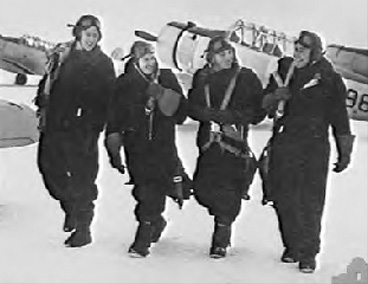
The photograph above shows Sgt William Metherall (far right) during his training in Canada (left to right are, William Joseph Kennedy RAAF (402362), Robert Arthur Knappet RAAF (400146), Raymond Harold Charles Sly RAAF (402260) and William Jeffrey Metherall RAAF (400151)). All four men would be dead by the end of 1942. Jeff Metherall (as he was known to his family) was born on 4th June 1918 in Willaura, Victoria and was the youngest son of Richard Baker Metherall and Jane Allan Donaldson (nee Monteith) Metherall. When he enlisted into the RAAF on 23rd June 1940 in Melbourne, Victoria he was working as a civilian clerk. After basic training in Australia and Canada he arrived in the UK at the end of March 1941. He was posted to 55 OTU on 4th April 1941. At the time of the incident on the Hole of Horcum he had fifty hours flying the Hurricane type to his name and a grand total of 120 hours flying in all types of aircraft. After he completed his training at 55 OTU he was posted 245 Squadron on 26th May 1941. He flew operationally with 245 Squadron in June and July 1941 but was posted to 59 OTU on 27th July 1941 to 8th August 1941 and then was posted to the Middle East theatre. He was posted to 30 Squadron on 29th August 1941 where he served until a posting to the AHQ Western Desert on 30th November 1941. He then served briefly with 238 Squadron from 11th December 1941 until early January 1942. The 450 RAAF Squadron ORB records that on 20th December 1941 he should have been posted to them but this order was cancelled on 29th December 1941. While flying Hurricane Z4957 with 238 Squadron on 1st January 1942 his aircraft was damaged by enemy fighters. He force landed two miles west of Sollum and he sustained injuries, this possibly hospitalised him for a short time.

He was then posted to 450 RAAF Squadron on 14th January 1942, his first operational flight with 450 Squadron was on 20th February 1942 and over the next months he flew regularly with them. The fantastic photograph shown above depicts Sgt Jeff Metherall and Sgt Raymond Shaw after Shaw was credited with the first 450 Squadron enemy aircraft as shot down on 22nd February 1942. Shaw is on the left, Metherall is claimed to be second from right holding Shaw's arm in the air. Other photographs on the internet give the men on the far left as baring a much closer resemblence to Metherall. I credit the Australian War Memorial with both photograph of him shown on this webpage. On 7th April 1942 he was taking off in Kittyhawk AK669 for an operational flight to escort six Boston bombers when the engine of his aircraft failed and then caught fire, he baled out and landed safely. He received a commission to the rank of P/O on probation on 28th April 1942. While flying Kittyhawk AK604 on 16th May 1942 his aircraft was one of four from 450 Squadron that were attacked by an enemy fighter piloted by Hans-Joachim Marseille. Another 450 Squadron Kittyhawk, piloted by F/O Dudley Parker, was badly damaged and this pilot baled out. His pilotless aircraft then struck the tail section of P/O Metherall's Kittyhawk and took down both aircraft. P/O Metherall was unable to bale out of his aircraft and was killed in the resulting crash in the desert to the south of Acroma, Libya. The crash site was reached by members of an Army unit who buried him beside his aircraft (as was often the case in such desert accidents). He was later re-interred in Knightsbridge Cemetery in Acroma, Libya. He was twenty three years old.
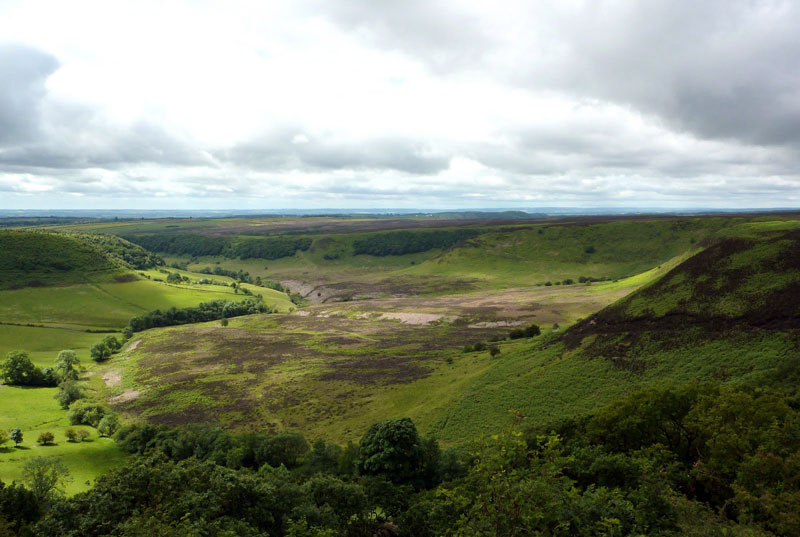
In the Hole of Horcum today little remains of this aircraft to make the site and the crash site is very hard to find. I first visited the site with Howard Newbould in April 2004 and although only tiny fragments remained they confirmed exactly where the aircraft had crashed. I have since been back to the site a number of times, as the location is not well known the site has changed little in the years (although including it on this website I have been careful not to show exactly where the site is).
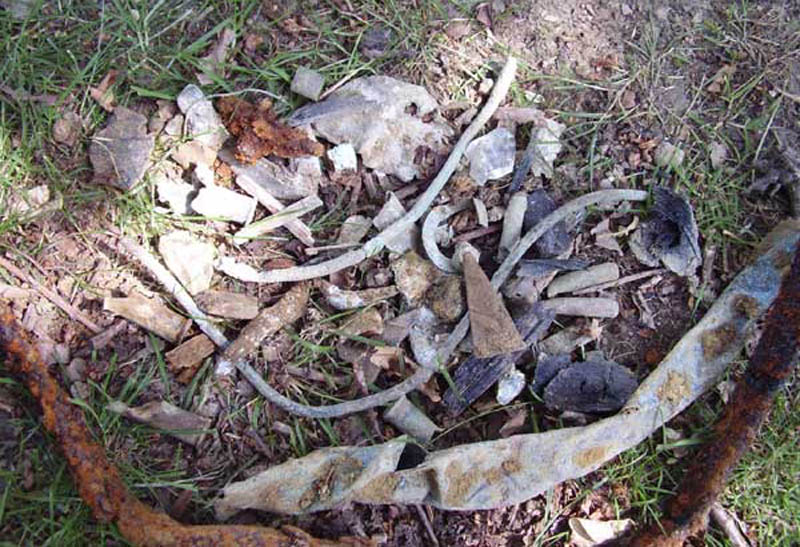
The photograph above shows fragments found on the surface in 2007. Over the years I have been contacted by a number of people wanting to metal detect this site, as the site is on Levisham Estate land and a notice near the crash site states that any metal detecting on their moorland is not permitted and the Estate have been good enough to make access to their land possible (pre CROW Act 2000).
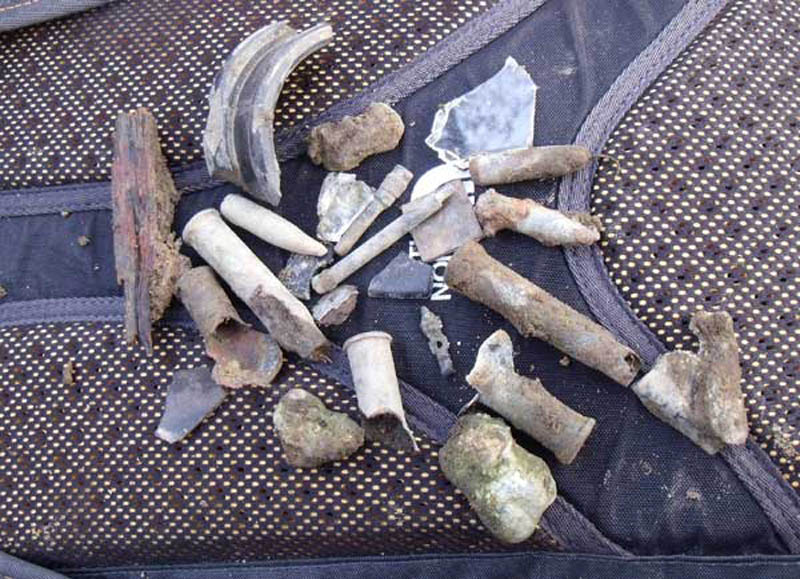
Further fragments found in rabbit scratchings in November 2009. As can be seen, the bullets have all exploded (or cooked off) in the fire and the metal at the foot of the photograph in the centre is a small number of molten aluminium pieces also confirming the intense fire that must have occurred.
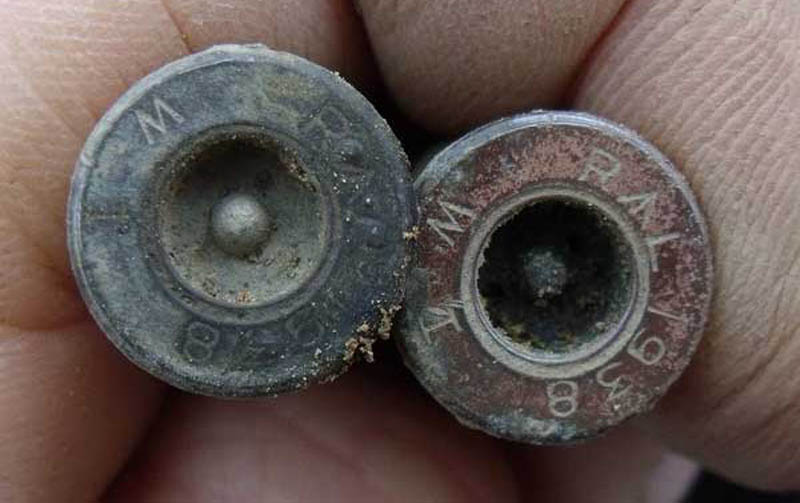
55 OTU look to have been using up old stock .303 bullets, of the remaining cases on the surface at the crash site a number have the 1938 date on them.